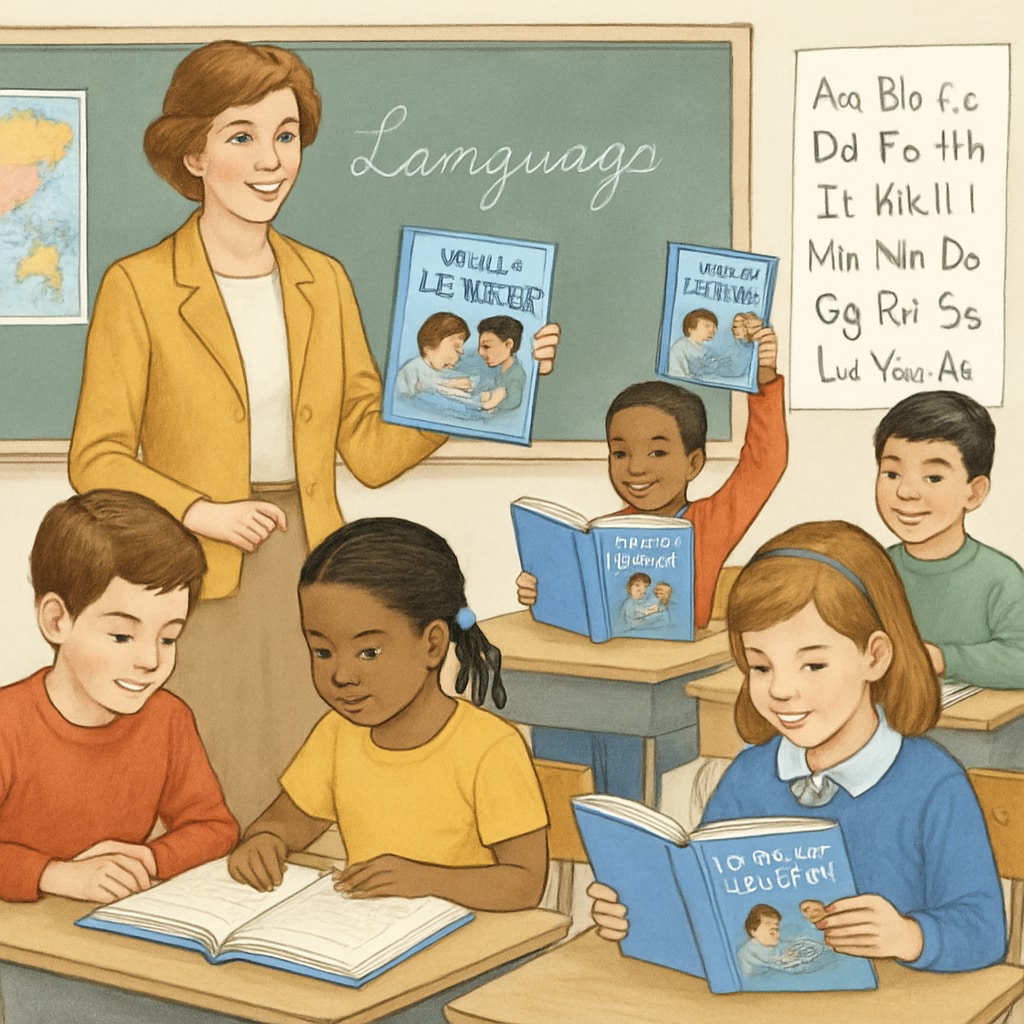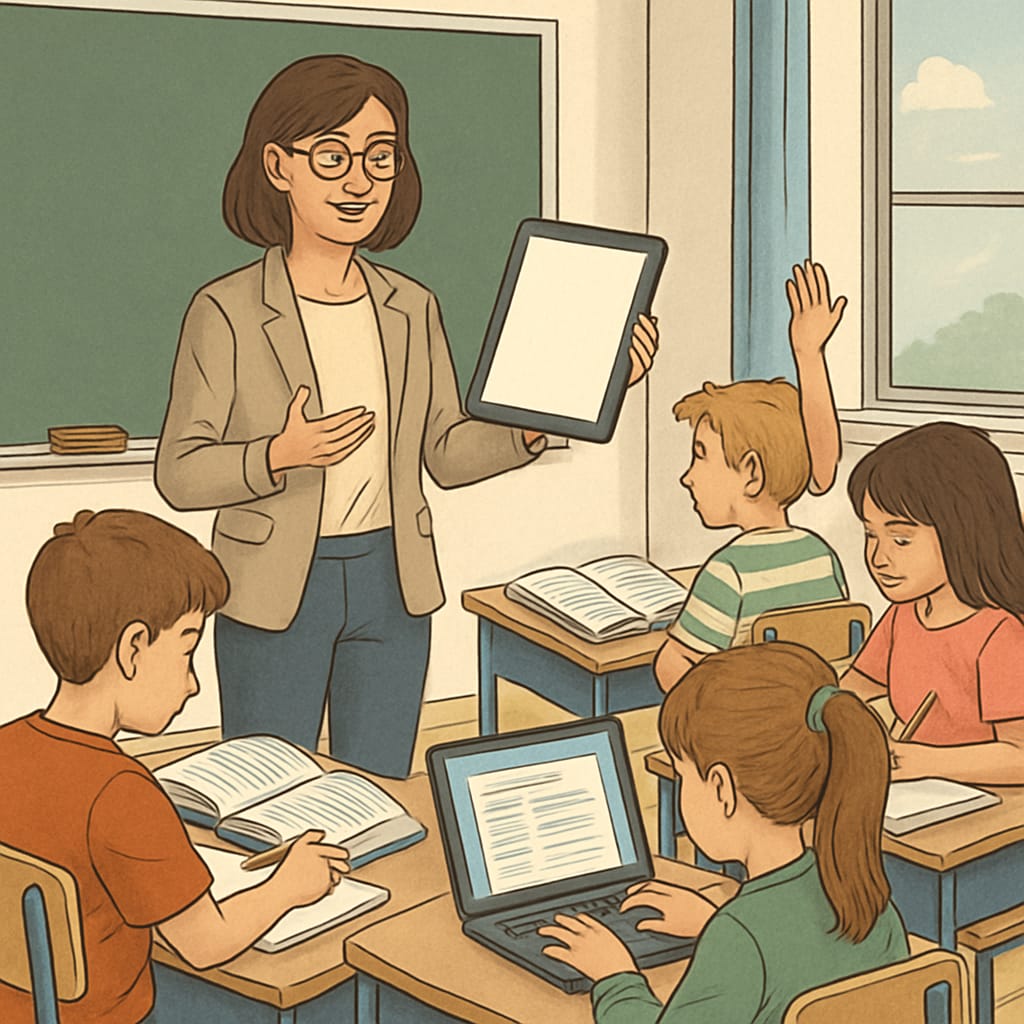Once a cornerstone in American K-12 education, the “World of Language” textbook series is a name that evokes nostalgia among many educators and students. Known for its innovative approach to reading science and oral communication, “World of Language” was more than just a tool for teaching grammar; it was a comprehensive guide to mastering language in its many forms. While newer language resources dominate classrooms today, revisiting this classic series offers valuable insights into effective language teaching strategies. What made “World of Language” so influential, and how can its principles be applied to modern teaching? Let’s explore this forgotten gem and its enduring relevance.
The Pedagogical Approach of “World of Language”
“World of Language” stood out not only for its content but also for its pedagogical philosophy. The series emphasized a holistic approach to language learning, integrating reading, writing, speaking, and listening. Its lessons were designed to build students’ confidence in both comprehension and expression, ensuring that they could apply language skills in real-world scenarios.
One of the textbook’s key strengths was its alignment with principles of reading science—a field focused on understanding how people learn to read effectively. The series incorporated structured reading exercises that included phonics, context clues, and vocabulary development. These elements supported students in building foundational reading skills while gradually introducing more complex texts.

Moreover, the series prioritized oral communication, an often-overlooked aspect of language teaching. Dialogue-based activities encouraged students to practice speaking in structured yet dynamic ways, fostering both fluency and confidence. This focus on practical language use anticipated many of the communicative language teaching methods that are widely adopted today.
Lessons for Modern Language Education
In today’s education landscape, digital tools and multimedia resources dominate language classrooms. While these innovations offer exciting possibilities, they often lack the structured depth that “World of Language” provided. Modern resources tend to focus heavily on isolated skills—such as grammar drills or vocabulary apps—without integrating them into a broader, cohesive framework.
By revisiting the principles of “World of Language,” educators can rediscover the importance of a balanced approach. For example:
- Integration of Skills: Combining reading, writing, speaking, and listening ensures that students develop a well-rounded language proficiency.
- Focus on Context: Teaching language through meaningful contexts, as the series did, helps students understand how to use language effectively in different situations.
- Gradual Progression: Structured lessons that build on prior knowledge can help students achieve steady and measurable progress.
In addition, “World of Language” offers insights into the importance of print media in education. While digital tools are convenient, studies have shown that reading from physical texts can enhance comprehension and retention. Educators might consider blending digital resources with traditional materials to maximize learning outcomes.

Reimagining “World of Language” for the Future
Although “World of Language” was designed for a different era, its core principles remain highly relevant. Imagine a modern version of this classic series, updated with interactive elements and digital accessibility, but retaining its emphasis on integrated skill development and contextual learning. Such a resource could bridge the gap between traditional teaching methods and contemporary innovations.
In addition, the series’ focus on oral communication provides a timely reminder of the need to prioritize speaking skills in language education. In a world where written communication often takes precedence, students must also be equipped to express themselves confidently in spoken language, whether in academic, professional, or social settings.
Ultimately, “World of Language” serves as a reminder that the best educational tools are those that balance timeless principles with adaptability. By drawing inspiration from this forgotten gem, educators can create a language learning experience that is both effective and meaningful for today’s students.
Readability guidance: This article balances historical context with practical applications, using short paragraphs and concise language to enhance readability. Key takeaways are summarized in lists to aid comprehension. Transition words (e.g., “however,” “for example,” “in addition”) are used to maintain flow, and passive voice is minimized to improve clarity.


